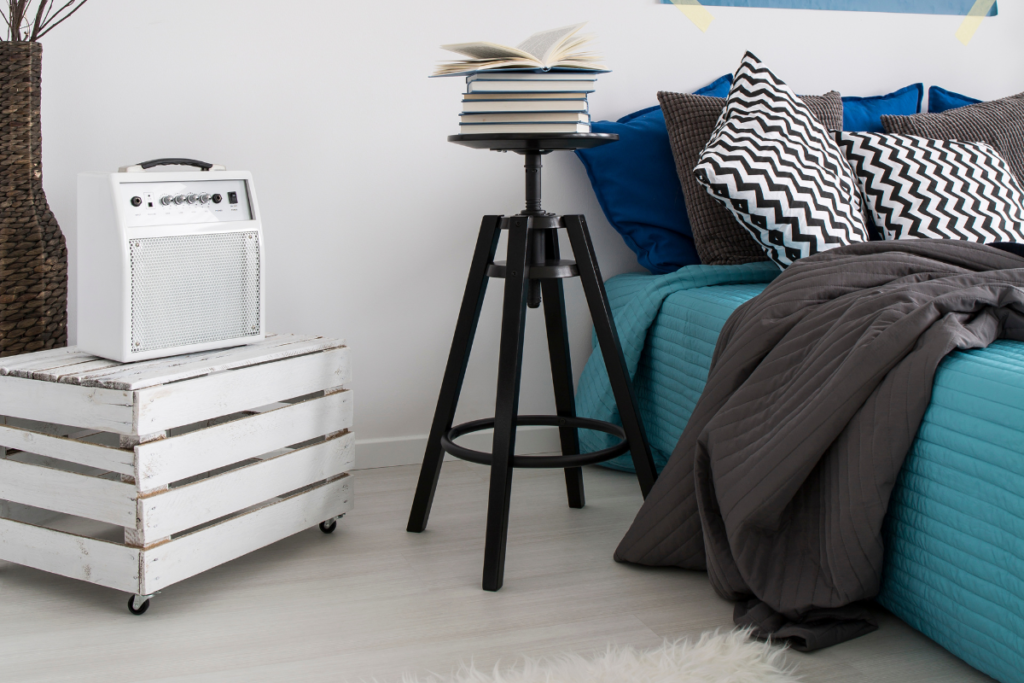Colour is an effective tool in residential interior design. It has the power to change a room’s mood, impact mood, and reflect individual personalities. When it comes to house interior design in Dubai, choosing the proper colour palette is critical to creating a harmonious and visually appealing ambience that meets the occupants’ interests and preferences. In this post, we’ll look at how to choose the best colour palette for your residential interior while keeping the Dubai style in mind.
1. Understanding Colour Theory Fundamentals
It is critical to understand the fundamentals of colour theory before proceeding. Colours are classified as primary (red, blue, yellow), secondary (green, orange, purple), and tertiary (a combination of a primary and a secondary colour). Understanding how these colours interact with one another is critical in choosing the proper colours for your high-end residential interior design.
2. Think about the room’s purpose and size
Each area in your house performs a distinctive function, necessitating a distinct colour palette. Bedrooms, for example, should convey tranquillity and relaxation, so light blues, greens, or neutral tones are perfect. Warmer tones, such as yellows and orange, can enhance socializing and enthusiasm in living rooms and kitchens.
3. Examine Natural Lighting
Natural light has a significant impact on how colours seem in a space. Consider the direction and intensity of natural light in each room. Those facing the North have cooler light, while those facing the South have warmer light. Make appropriate colour choices to create a harmonious and pleasant ambience.
4. Adopt Neutral Foundations:
The cornerstone of any residential interior is neutral hues. They serve as a timeless and adaptable foundation for the remainder of your colour pallet. Shades of white, beige, grey, or taupe are popular in-house interior designs in Dubai for their ability to make interiors appear larger and brighter.
5. Follow the 60-30-10 Rule
This is a typical interior design proportion in which a dominating colour receives 60% of the room’s space, a secondary colour receives 30%, and an accent colour receives 10%. Following this proportion produces a visually appealing colour balance across the room.
6. Include Cultural and Regional Influences
Your colour choices can be influenced by Dubai’s rich cultural tapestry and distinct geographical position. Colours influenced by the desert, sea, or local architecture can lend a touch of local flavour to your high-end residential interior design while paying homage to Dubai’s soul.
7. Play around with contrast
Contrasting hues can give depth and drama to your home’s interior design. Combining light and dark colours, or warm and cold tones, can help to establish focus points and highlight architectural details, resulting in a dynamic and aesthetically appealing setting.

8. Seek Professional Guidance
Consider working with residential interior designers in Dubai, like GDM Interiors, for a sophisticated and faultless colour palette. Their experience in high-end home interior design can provide valuable insights and direction to help you create the appropriate colour scheme that fits your vision and the Dubai style.
9. Demonstrate Your Personality and Style
Above all, your colour scheme should reflect your personality and sense of style. Your home is a personal refuge, and the colours you choose should make you feel at peace and pleased.
Conclusion
Choosing the right colour palette for your residential interior is an important part of creating an appealing and harmonious living space. A colour scheme that is customized to the environment can transform your home into an exquisite and pleasant retreat. GDM Interiors and its professional team of residential interior designers in Dubai will lead you through this creative and thrilling adventure.

